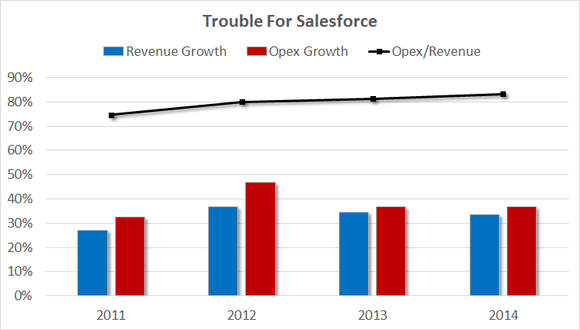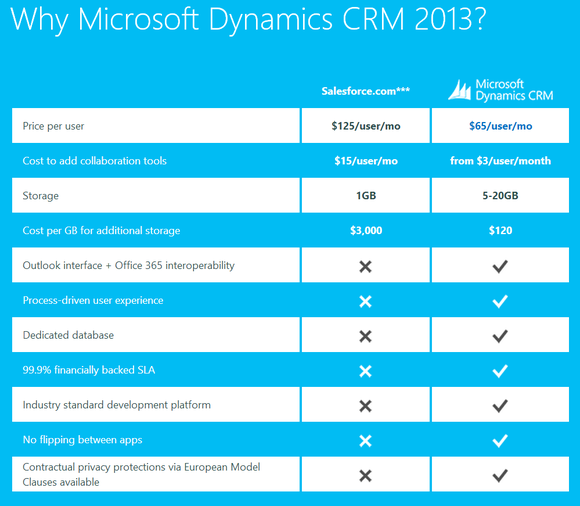Filed under: Investing
In the last year, Nokia Corporation's stock has roughly doubled. The challenge for investors in a stock that jumps this much in a year is answering the question, "where do we go from here?" Nokia has agreed to sell its Devices & Services business to Microsoft for about $7 billion. While this was seen as a huge win for Nokia, now what? Looking at the company's most recent earnings, there are at least three reasons investors need to bring their expectations back to reality.
Nokia can't wait for Microsoft's money
Prior to the close of the sale of the Devices & Services business, Nokia looks like a poor value relative to a few of its peers based on its cash-to-market-cap percentage. A good way to find potentially undervalued companies in the same industry is by comparing their net cash to their current market cap.
A few of Nokia's peers offer much more compelling values by this measure. For instance, Juniper Networks currently has about $3.2 billion in net cash and investments, which is the same amount Nokia carries on its balance sheet. The huge difference is Juniper's cash represents 24% of its current market cap, whereas Nokia's cash only represents 10% of its current market cap.
Cisco Systems is another competitor that offers investors a far superior percentage of its market cap as net cash. Cisco reported almost $35 billion in net cash and investments, which is more than 30% of the company's current market cap.
Nokia says it expects to improve its debt profile, and may return some of the proceeds from Microsoft to shareholders. A special dividend would be a short-term positive. However, the first reason investors need to adjust their expectations is, with the stock up 100% already, this potential cash distribution is likely already priced into the stock.
3 Times Worse
The second reason investors may need to adjust their expectations is relative to its peers, the company's stock is a significantly worse value. First, Nokia pays no dividend, whereas Juniper just instituted a dividend yield of 1.5%. Investors looking for a better yield might consider Cisco's 3.5% yield.
Of these three companies, the growth champion is Juniper. In the next several years, analysts expect annual earnings growth of almost 14% from the company. Even though Cisco is going through some challenges, the company is expected to report better than 8% earnings growth in the next five years.
In the most recent quarter, Nokia reported sales declined in all six geographic regions. In addition, the company's NSN division reported a sales decline of 22% and this one division represents almost 90% of the company's total revenue. These challenges are expected to continue as analysts expect annual earnings growth of just 5% over the next few years.
As if no dividend and a lower earnings growth rate wasn't bad enough, Nokia also sells for a forward P/E ratio that is 57% higher than Juniper and 146% higher than Cisco. As you can see, Nokia's stock is anything but a great value at current prices.
By the numbers
The third reason investors need to temper their expectations is Nokia's current market cap is a bit hard to justify. With a nearly $30 billion market cap, we know that the Devices & Services business is worth $7 billion since that is what Microsoft is paying. Subtracting this value, we have $23 billion left to account for.
The company's NSN business has a better growth profile and better margins than the Devices business, so let's be generous and NSN is worth twice what the Devices business sold for. With similar sales and a better margin, maybe that makes sense. If that is the case, NSN would be valued at $14 billion. Taking $14 billion from the $23 billion leaves $9 billion left.
To suggest Nokia's HERE and Advanced Technologies businesses are worth $9 billion with just under $500 million in sales, is a huge challenge. This valuation would suggest that these two businesses combined are worth 18 times sales. Devices & Services sold for about 2 times sales, and NSN might be worth 4 times sales, but thinking Nokia gets 18 times sales for the rest of the company is a challenge indeed.
The bottom line is Nokia made a smart move by selling its Devices & Services business. This business has a better chance of succeeding under Microsoft. However, investors have become so enamored with what Nokia could be, they forgot to see what Nokia is. The company may do better in the future, but it appears most of this is already built into the stock's value. Smart investors should probably avoid the shares at these prices.
Here's the real winner of the smartphone wars
Want to get in on the smartphone phenomenon? Truth be told, one company sits at the crossroads of smartphone technology as we know it. It's not your typical household name, either. In fact, you've probably never even heard of it! But it stands to reap massive profits NO MATTER WHO ultimately wins the smartphone war. To find out what it is, click here to access the "One Stock You Must Buy Before the iPhone-Android War Escalates Any Further..."
The article 3 Reasons Nokia Investors Need to Adjust Their Expectations originally appeared on Fool.com.
Chad Henage owns shares of Cisco Systems. The Motley Fool recommends Cisco Systems. Try any of our Foolish newsletter services free for 30 days. We Fools may not all hold the same opinions, but we all believe that considering a diverse range of insights makes us better investors. The Motley Fool has a disclosure policy.Copyright © 1995 - 2014 The Motley Fool, LLC. All rights reserved. The Motley Fool has a disclosure policy.
Read | Permalink | Email this | Linking Blogs | Comments


























